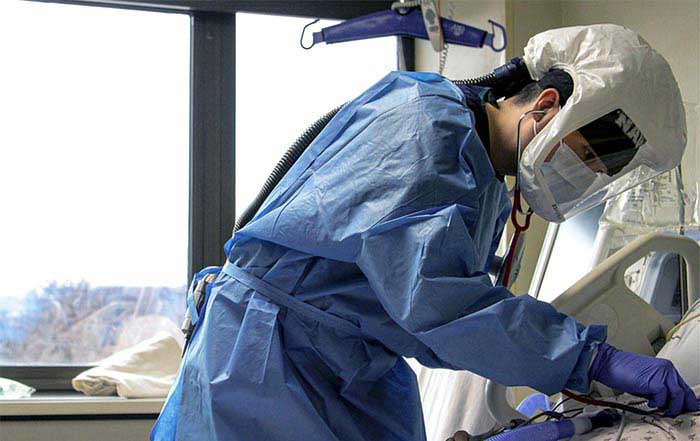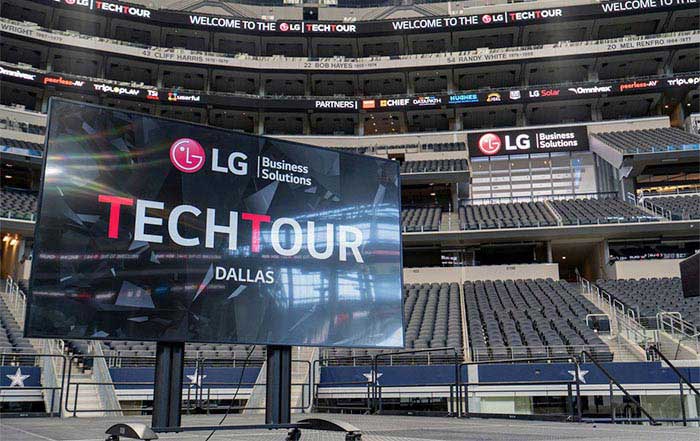The global respiratory protective equipment market size is expected to reach USD 24.69 billion by 2030, registering a CAGR of 6.6% over the forecast period, according to a new report by Grand View Research, Inc. Stringent government regulations and the emergence of the COVID-19 pandemic leading to awareness among consumers is expected to boost the product demand over the forecast period.
Key Insights & Findings from the report:
The APRs segment is anticipated to grow at the fastest CAGR from 2022 to 2030, in terms of revenue, on account of stringent government regulations, especially in developing countries in Asia Pacific. The healthcare end-use segment accounted for the largest revenue share in 2021 owing to the pandemic leading to a rise in demand for disposable filtering masks, such as N95 masks and surgical masks. The market in Asia Pacific is projected to grow at the fastest CAGR over the forecast period on account of the growing usage of respiratory protection in construction, mining, and oil & gas industries. Germany accounted for 22% of the Europe market revenue in 2021 on account of the growth of the construction industry due to the government's push for developing green infrastructure, which boosted the product demand. The industry participants focus on the research and development of new technologies for product manufacturing and integration across various stages of the value chain to gain a competitive edge in the market.
Respiratory Protective Equipment Market Growth & Trends
The emergence of new biological viruses, such as COVID-19, Middle East Respiratory Syndrome (MERS), and Severe Acute Respiratory Syndrome (SARS), along with a shift in a trend toward proactive measures in the healthcare sector is expected to propel the product demand over the forecast period.
The rising awareness, in the post-pandemic scenario, about infectious biological hazards is likely to influence the market growth. Moreover, the use of respiratory protection, such as Powered Air-purifying Respirator (PAPR) and Self-Contained Breathing Apparatus (SCBA), is expected to increase as end-user activities begin to normalize. Increasing concern regarding compensation costs on account of the rising number of injury cases in various industries, such as manufacturing, transportation, and chemicals, is anticipated to promote the adoption of workplace safety regulations. In addition, growing concerns regarding high-risk activities in the construction and manufacturing sectors are expected to drive RPE demand over the forecast period.
A majority of the market players are focusing on manufacturing APRs, such as disposable masks and N95 respirators, owing to their low costs and widescale application in the industrial sector. In addition, companies are partnering with raw material suppliers, automotive OEMs, etc. to manufacture APRs given their increasing demand across the globe. Major market players like 3M and Honeywell International Inc. are expected to further strengthen their forward and backward integration with more players following suit. This is likely to provide a competitive advantage and consolidate market shares, especially in the unpowered air-purifying respirator market segment.
The global military personal protective equipment market size is anticipated to reach USD 23.55 billion by 2028. Focus of military agencies on increasing the safety & security of their soldiers and rapid technological advancement is expected to drive the demand for military PPE. The global powered air purifying respirators market size is anticipated to reach USD 3.81 billion by 2030. Favorable government regulations about employee safety and the emergence of various infectious biohazards are anticipated to drive the demand for powered air purifying respirator. The global medical respiratory protective equipment market size is anticipated to reach USD 824.3 million by 2027 registering a CAGR of 8.2%, according to a new report by Grand View Research, Inc. Growing utilization of respiratory and other protective equipment including surgical masks in healthcare sector is expected to drive the market.




